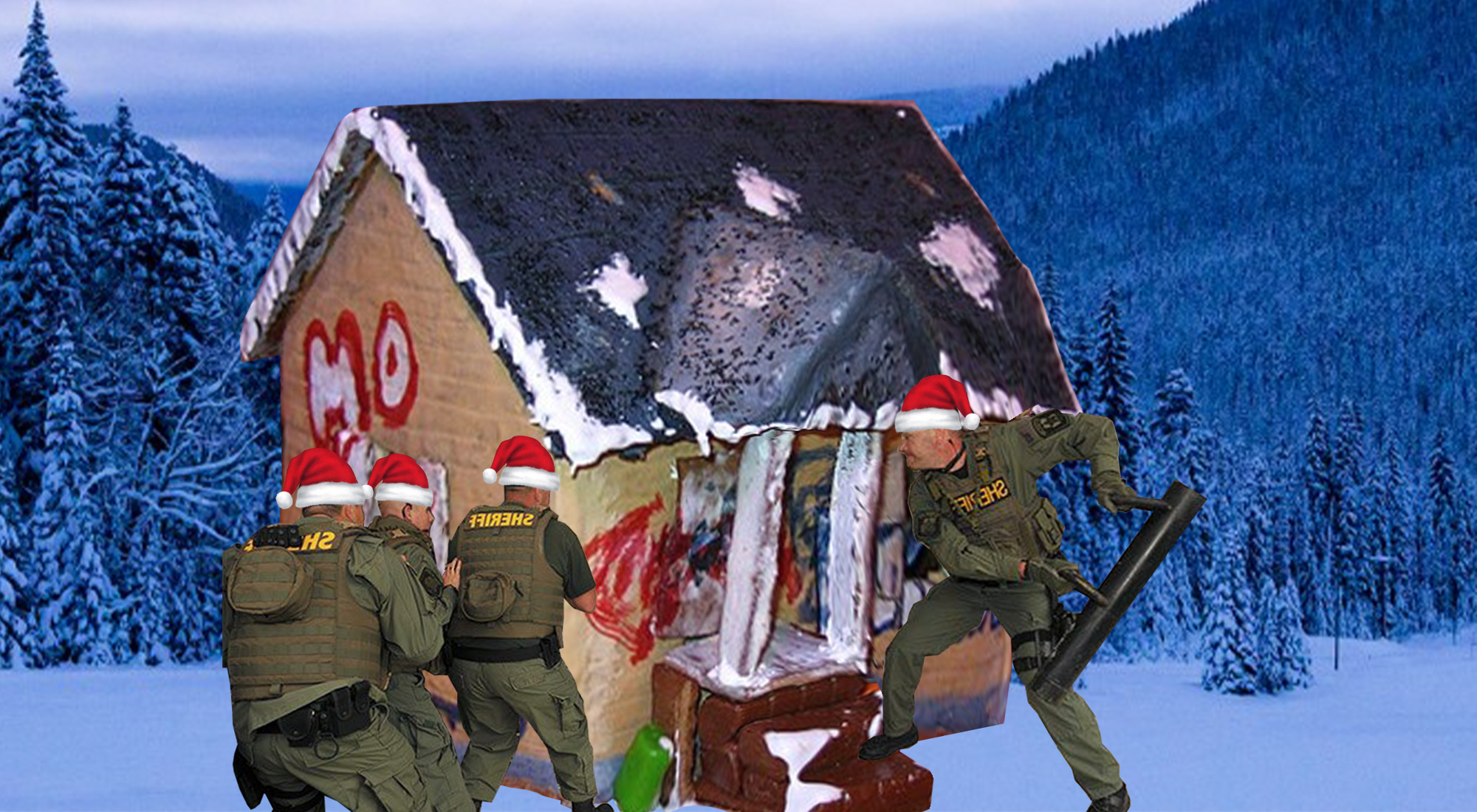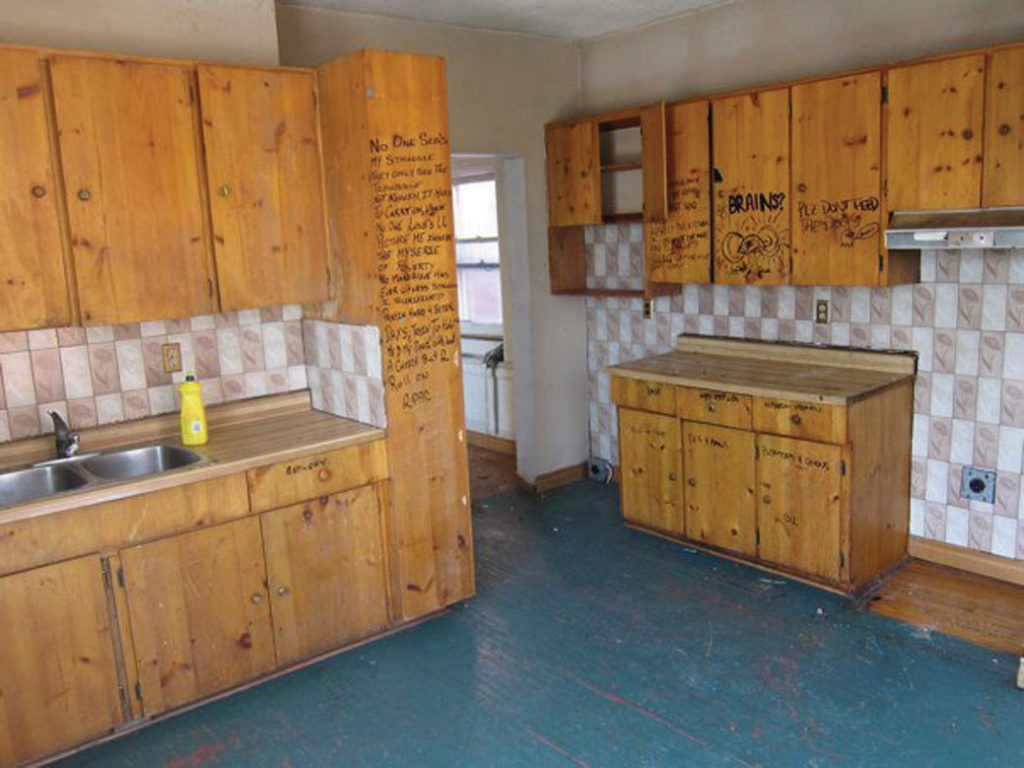Table Of Content
- Column: After a years-long pause, the FCC resurrects ‘network neutrality,’ a boon for consumers
- San Francisco police crack down on speed
- Opinion: Why a TikTok ban isn’t what we need
- Once dominant at CBS News before a bitter departure, Dan Rather makes his first return in 18 years
- Superhuman feats ascribed to crackheads are inspired by true events
- Reexamining The Crack Epidemic

A crack house, or crack den, is a home or other building where drug dealers and people who use crack cocaine buy, sell and use the drug. The disturbing truth of the matter is that traphouses are deemed cool by teenagers and young adults. According to some research studies, some genres of rap music (i.e., trap music)—which glamorizes cocaine, crack, marijuana, and other illegal drugs as symbols of status or wealth—is partly responsible for this worrying trend. Trap songs such as Fetty Wap’s “Trap Queen” have garnered over 690 million YouTube views – pointing to the mainstream direction of the genre. Some rappers such as 2 Chainz have even launched a traphouse-themed clothing store, art gallery, HIV testing center, and haunted house.

Column: After a years-long pause, the FCC resurrects ‘network neutrality,’ a boon for consumers
Drug houses shelter drug users and provide a place for drug dealers to supply them. Drug houses can also be used as laboratories to synthesize (cook) drugs, or cache ingredients and product. If spotting a traphouse is a relatively straightforward task—even for regular citizens—why is it so hard for law enforcement to nab the drug dealers or shut down their operation swiftly? Law enforcement agencies are often involved in a seemingly never-ending cat and mouse chase.
San Francisco police crack down on speed
Even if it’s not enough, I’m doing the best I can to make something of it. Some protesters are also calling for an academic boycott, which would end collaborations with Israeli universities and the establishment of a new Palestinian studies program. At Columbia, flanked by a number of Republican members of Congress, Johnson denounced the demonstrations as “mob rule” and condemned what he called a “virus of antisemitism” at colleges nationwide. None of this means that the partisan battle over broadband regulation is over. Both Republican FCC commissioners voted against the initiative Thursday.
Opinion: Why a TikTok ban isn’t what we need
The National Institute of Justice reached the same conclusion. And even though a 1994 survey showed that far more white people were using crack, Black people were more likely to be punished for crack offenses. From 1991 to 2016, African Americans were sent to federal prison about seven times more often for crack offenses than whites. And since crack had become popular in lower-income communities by that point, many people who lived in those areas were punished far more often during drug raids than people who lived in more affluent areas. It was later reported that a CIA-backed guerrilla army in Nicaragua had used crack cocaine sales in Los Angeles' Black neighborhoods to fund an attempted coup of Nicaragua's socialist government in the 1980s — and the CIA may have known about it. In response, dealers turned their powder cocaine into crack cocaine — which was easy to produce and highly profitable.
Boston police arrest 100 as crackdown on campus Palestine protests ramps up
People with drug addiction problems should seek medical help immediately. Whether you’re addicted—or you know someone who is addicted—to heroin, cocaine, meth, crack, marijuana, or prescription drugs, keep in mind that recovery is attainable. With the right protocols, addiction is a treatable condition. A rehab center such as Revive Recovery can leverage some of the best medical practices to improve your quality of life. As law enforcement agencies work to curb the trap house menace, the best we can do as a rehab center is to help addicts recover and improve their wellbeing. Aside from the elusive nature of the drug dealers, shutting down trap houses is a resource-intensive operation from a law enforcement perspective.
Misuse and abuse of prescription and illegal drugs are so widespread that it’s often regarded as one of the main public health crises today. And by that point, sentencing guidelines had already taken a "tough on crime" approach to crack. The Anti-Drug Abuse Act of 1986 established mandatory minimum sentences that penalized crack far more harshly than powder cocaine. I don’t think my peers understood the effect of the crack epidemic on us young people at the time. Crack’s shadow was something we just understood we had to navigate.

Young people who believe trap houses are cool may try to be part of the subculture. Moreover, Trap houses and drug dealers’ knack for sucking kids into the drug networks only makes the matter more urgent. That has produced mixed messages from Washington, where health researchers think the program has real promise, while law enforcement authorities want to shut it down.
Trump’s FCC killed network neutrality, giving internet firms free rein to strong-arm consumers — even first responders. "There is no truth to claims of an impending lockdown or evictions on campus," Columbia University said in a memo to students Saturday evening. Los Angeles Police Department issued a citywide tactical alert due to a protest on USC's campus, urging people to avoid the area. The University of Southern California closed its main campus Saturday evening "due to a disturbance," the university said on X. Addressing the physical altercations during the protests, Osako said, "We are dismayed that certain individuals instead chose to jeopardize the physical safety of the community." Read on for an in-depth look at traphouses and everything in-between.
When I first moved to this city, I didn't know the area really well and I thought I was getting a real bargain on a rental house. It turned out to be right next to a well-known crack house. The house itself wasn't in terrible shape, but the constant stream of come-and-go traffic should have been a clue. The neighbors would go to the passenger side of a car, have a conversation, then send a young child back into the house for the crack cocaine bundles.
Police officers can’t just budge into a suspicious house without probable cause or a search warrant. This means they have to surveil a potential trap house, do some research, and make contacts. All this demands a considerable amount of time, manpower, and other resources. And by the time police officers have gathered ample evidence, the drug dealers have already received hints of the law enforcement operation.
And as early as 1981, the first reports of crack emerged in cities like Los Angeles. I couldn’t make sense of the fact that Michelle was a crackhead. She lived just down the street, after all, and she had a family.
Auburn police raid drug house, arrest 6 - Lewiston Sun Journal
Auburn police raid drug house, arrest 6.
Posted: Wed, 08 Nov 2023 08:00:00 GMT [source]
On a more general note, most hood violence is drug-related. The rest of the violence is because of people taking advantage of someone who comes off as a weak, easy target. I’ve never actually seen two crackheads fighting one another. I’ve got a collection of quotes, many of which highlight this incredible power of crackheads.
Despite the investment in the War on Drugs, it did not end the crack epidemic. A 1997 survey found that only 5 percent of recovered crack users said they stopped because of being arrested or going to jail. Meanwhile, about 19 percent reported they simply "grew tired of the drug life." For as little as $5, residents could buy a rock of crack cocaine. So it's no wonder why crack found a big market in lower-income areas.
But I also learned that even a substance as powerful as crack was no match for the resilience of Black people hell-bent on keeping one another, and their community, alive. We want to reconcile our memory with all we’ve learned from popular culture about the crack era. In the meantime, the federal government should not stand in the way of communities that choose to operate, or states willing to fund, these life-saving programs. Opponents of OPCs cite evidence showing that opening OPCs has neutral effects on health outcomes and community safety. Another argument often used against OPCs is that they amount to tacit approval of drug use.
In the United States, the first “above ground” OPC opened in November of 2021 in New York City. Other cities in the process of opening OPCs include Philadelphia and San Francisco. Rhode Island has also authorized a two-year pilot program to create “harm reduction centers” where people can consume drugs under medical supervision. We are dedicated to transforming the despair of addiction into a purposeful life of confidence, self-respect and happiness.
No comments:
Post a Comment